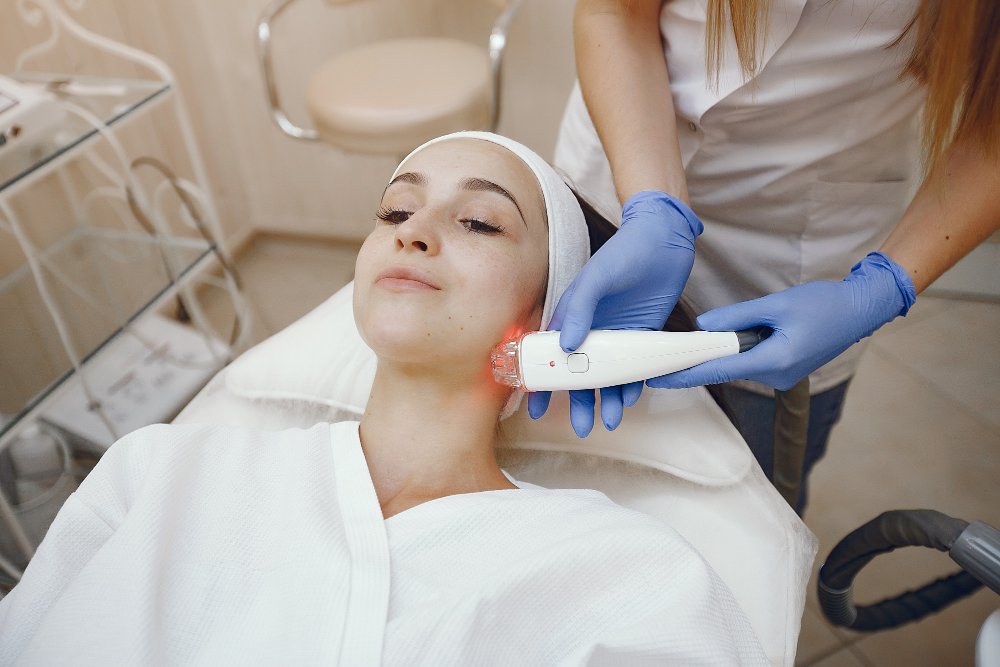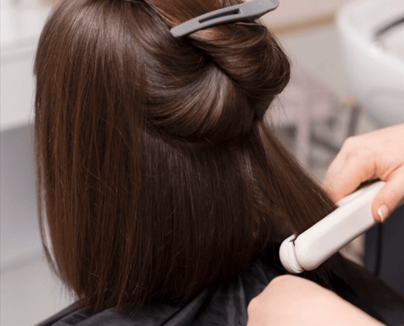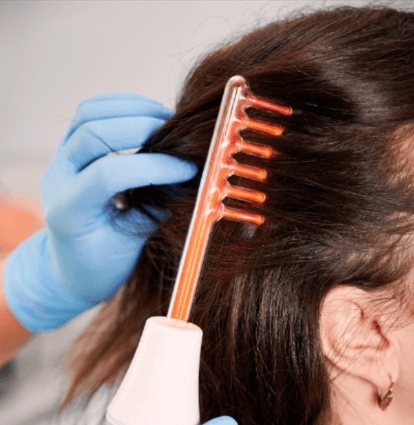Melasma is a notoriously persistent skin condition that causes blotchy, uneven pigmentation on the face—especially in areas frequently exposed to the sun. While Korean dermatology clinics are globally recognized for their advanced pigmentation treatments, many patients still ask the same question:
“How long will it take to see results?”
The answer depends on several key factors, including the type of melasma, the depth of pigmentation, the treatment methods used, and the individual’s skin type and lifestyle habits. Korean clinics typically offer a comprehensive, layered approach that combines clinical procedures, skincare routines, and lifestyle counseling to deliver gradual and sustainable results.
In this guide, we’ll break down the expected timeline, what kind of progress you can realistically anticipate, and what Korean dermatologists recommend to maximize your outcome.
🧬 Understanding the Nature of Melasma
Melasma is triggered by a combination of:
- UV exposure
- Hormonal fluctuations (pregnancy, birth control, menopause)
- Heat, inflammation, and oxidative stress
- Genetics and ethnicity
There are three main types of melasma, each of which responds differently to treatment:
| Type | Pigment Location | Treatment Difficulty |
|---|---|---|
| Epidermal | Upper skin layers | Easier to treat |
| Dermal | Deep skin layers | Slower to fade |
| Mixed-type | Both layers | Moderate to challenging |
Korean clinics use Wood’s lamp analysis, VISIA scans, and dermatologist evaluation to determine the type and customize the treatment plan accordingly.
🗓 General Timeline for Melasma Treatment Results in Korea
Below is a general progression you might expect if you’re undergoing a full treatment plan at a Korean dermatology clinic:
✅ Week 1–2: Skin Calming & Preparation Phase
- Mild redness may occur after initial laser or mesotherapy sessions
- Topical agents (e.g., tranexamic acid, niacinamide, Vitamin C) begin regulating melanin
- Focus on skin barrier repair and hydration
⏳ Visible results: Minimal at this stage
✅ Week 3–4: Early Lightening Phase
- Epidermal pigment begins to break down
- Skin appears slightly brighter and more even-toned
- Results are more visible under UV imaging than to the naked eye
⏳ Visible results: 10–20% lightening of spots
✅ Month 2–3: Significant Pigment Reduction
- Combination of laser treatments (like Q-switched Nd:YAG or Pico) and oral medications (e.g., tranexamic acid) shows cumulative effect
- Deeper pigment starts to fade
- Skin texture improves and inflammation reduces
⏳ Visible results: 40–70% improvement, depending on melasma depth
✅ Month 4–6: Stabilization & Maintenance
- Melasma lesions continue to fade
- Skin tone becomes more even and resilient
- Maintenance treatments (monthly or bimonthly) help prevent recurrence
- Strong emphasis on UV protection, heat avoidance, and stress management
⏳ Visible results: 70–90% improvement, especially for epidermal and mixed-type melasma
✅ Beyond 6 Months: Long-Term Management
- Some patients achieve near-complete clearance
- Others may need periodic touch-ups (e.g., every 3–4 months)
- Topical agents and sun protection remain essential to avoid relapse
📊 What Factors Influence the Speed of Results?
🧴 1. Melasma Type
- Epidermal melasma may fade significantly within 8–12 weeks
- Dermal melasma may require 4–6 months (or longer) for noticeable change
💊 2. Treatment Method
- Laser + oral tranexamic acid + topical agents = fastest results
- Topicals alone typically take longer (3–6 months)
☀️ 3. Sun Protection Habits
- SPF 50+ with PA++++, physical hats, and UV films are mandatory in Korea
- Patients who skip UV protection often see slower progress and more recurrence
🧬 4. Hormonal Factors
- If melasma is hormonally driven (e.g., pregnancy or birth control), it may persist unless the hormonal trigger is addressed
👩⚕️ 5. Skin Type
- Fitzpatrick skin types IV–V (darker skin tones) may have slower progress and require gentler treatments to avoid post-inflammatory hyperpigmentation (PIH)
🇰🇷 Real Korean Dermatologist Quotes on Timeline
🗣 Dr. Park Hyun-Jin (Seoul Aesthetic Clinic)
“In most cases, patients notice a clear change by the 4th or 5th session. But we emphasize consistency over speed—melasma is a marathon, not a sprint.”
🗣 Dr. Lee Hye-Jin (Apgujeong Skin & Laser)
“We see up to 80% clearance in epidermal melasma within 3 months when combining Pico laser and oral TXA. Dermal cases require more patience and maintenance.”
🧴 Example Korean Clinic Treatment Plan Timeline
| Week | Treatment Type | Goal |
|---|---|---|
| 1 | Laser toning + soothing facial | Start pigment breakdown, reduce heat |
| 2 | Oral tranexamic acid + Vitamin C serum | Control inflammation, reduce tyrosinase |
| 3 | Mesotherapy (TXA + Glutathione) | Boost pigment suppression |
| 4 | Repeat laser + post-laser skincare | Continue fading process |
| 5–8 | Maintenance laser + topicals | Deepen results, stabilize tone |
| 9–12 | Periodic booster sessions + home care | Prevent relapse |
💡 Pro Tips from Korean Dermatology Clinics
- Don’t expect overnight miracles. Melasma is deep and often tied to internal factors.
- Stick to your plan. Skipping sunscreen or delaying treatments can set you back.
- Document your progress. Korean clinics often use VISIA scans to track changes invisible to the naked eye.
- Reevaluate hormone health. For stubborn cases, clinics may refer you to an OB-GYN or endocrinologist.
❓ What If You Don’t See Results After 3 Months?
Don’t panic. Korean doctors often reassess the treatment plan and may:
- Increase frequency or intensity of lasers
- Add injectables or glutathione drips
- Switch to a different oral agent (e.g., polypodium leucotomos, antioxidants)
- Recommend a break if skin is sensitized
🏁 Summary: Patience, Consistency, and Prevention
| Timeframe | Results You May Expect |
|---|---|
| 2–4 weeks | Early signs of brightening and calming |
| 6–8 weeks | Fading of surface pigmentation |
| 3–4 months | Noticeable reduction in tone unevenness |
| 6 months+ | Clearer, more even-toned, stable skin |
Melasma may not be “cured” permanently, but with Korea’s strategic approach—advanced technology + internal care + rigorous sun protection—you can absolutely manage it and maintain beautiful skin.




